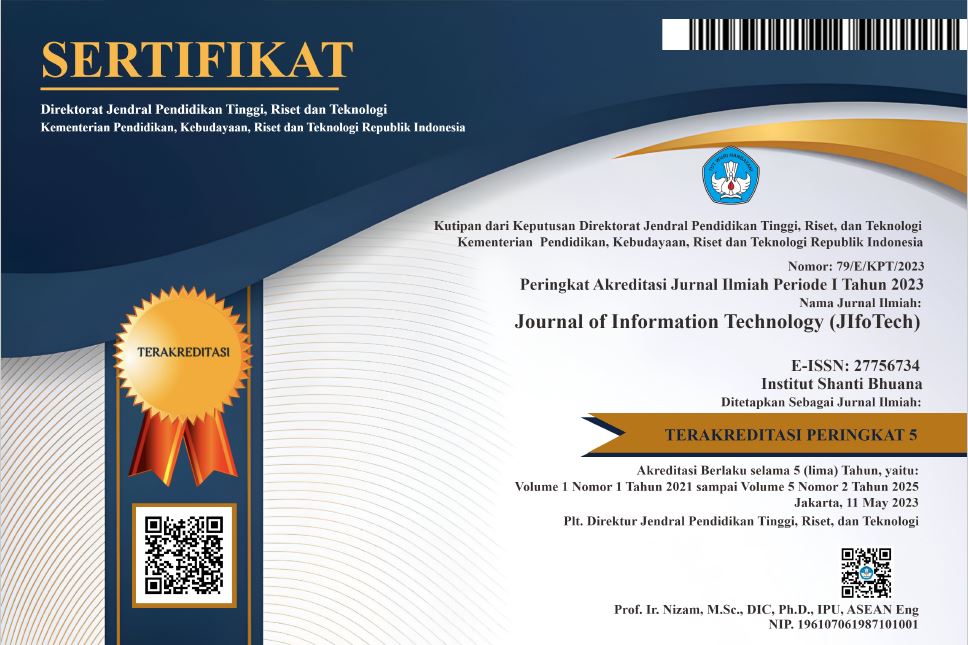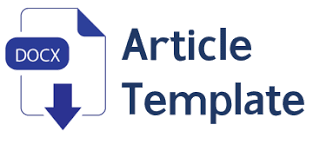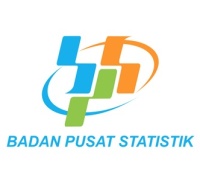Study Analysis of Sentiment Analysis Methods on YouTube
Abstract
It cannot be denied that YouTube is now the most popular video sharing website. Opinions written from viewers could be an important asset for the development of a company or YouTubers. In this report, the technique used to analyze those comments is called sentiment analysis or opinion mining techniques. Although this knowledge or technique is not new, it is still important to continue studying this, given the importance of the viewer comments. This paper is the result of a literature review of several studies that have been conducted using various methods in sentiment analysis. The purpose of this analytical study is to obtain a theoretical basis that can support further research by studying the working methods, advantages, and disadvantages of each method. For the reason of having no knowledge on how the method works will affect the results and will be a waste of time. The results of comparisons from research that have been done, showing that the Naïve bayes algorithm has a higher accuracy, then SVM then DT. But this is a preliminary result as no study has used all methods at once in a case.
References
REFERENSI
We Are Social & Hootsuite, “Indonesia Digital report 2020,” Glob. Digit. Insights, p. 247, 2020, [Online]. Available: https://datareportal.com/reports/digital-2020-global-digital-overview.
I. P. A. E. Pratama, Komputer dan Masyarakat. Bandung: Informatika Bandung, 2014.
A. Sadia, F. Khan, and F. Bashir, “An overview of lexicon-based approach for sentiment analysis,” Int. Electr. Eng. Conf., no. IEEC, pp. 1–6, 2018.
B. I. Permata, A. E. Prihatini, and Widiartanto, “Pengaruh Kualitas Produk Dan Periklanan Youtube Terhadap Loyalitas Pengguna Brand Wardah Kosmetik Di Kota Semarang,” J. Ilmu Adm. Bisnis, vol. 7, no. 3, pp. 250–257, 2018.
N. Riyastika, “Analisis Penggunaan Youtube Pemerintah Provinsi DKI Jakarta Sebagai Sarana Komunikasi Ditinjau Dari Sudut Pandang Political PR,” Lib.Ui.Ac.Id, no. Januari, p. 21, 2014, [Online]. Available: www.lib.ui.ac.id.
S. Christina and D. Ronaldo, “A Survey of Sentiment Analysis,” A Surv. ot Sentim. Anal. Using Sentirwordnet Bhs. Indones., vol. 12, no. 2, pp. 201–241, 2018, doi: 10.5715/jnlp.13.3_201.
N. A. Abdulla, N. A. Ahmed, M. A. Shehab, and M. Al-Ayyoub, “Arabic sentiment analysis: Lexicon-based and corpus-based,” 2013 IEEE Jordan Conf. Appl. Electr. Eng. Comput. Technol. AEECT 2013, 2013, doi: 10.1109/AEECT.2013.6716448.
B. Liu, “Sentiment analysis: Mining opinions, sentiments, and emotions,” Sentim. Anal. Min. Opin. Sentim. Emot., no. May, pp. 1–367, 2015, doi: 10.1017/CBO9781139084789.
T. Annisa, “Mengenal peran sentiment analysis beserta cara kerjanya,” 2020. https://www.ekrut.com/media/sentiment-analysis-adalah (accessed Dec. 17, 2020).
S. Siersdorfer, S. Chelaru, W. Nejdl, and J. San Pedro, “How useful are your comments?,” p. 891, 2010, doi: 10.1145/1772690.1772781.
M. S. Hadna, P. I. Santosa, and W. W. Winarno, “Studi Literatur Tentang Perbandingan Metode Untuk Proses Analisis Sentimen Di Twitter,” Semin. Nas. Teknol. Inf. dan Komun., vol. 2016, no. Sentika, pp. 57–64, 2016, [Online]. Available: https://fti.uajy.ac.id/sentika/publikasi/makalah/2016/95.pdf.
M. Z. Asghar, S. Ahmad, A. Marwat, and F. M. Kundi, “Sentiment Analysis on YouTube: A Brief Survey,” pp. 1–11, 2015, [Online]. Available: http://arxiv.org/abs/1511.09142.
S. Choudhury and J. G. Breslin, “User Sentiment Detection: A YouTube Use Case,” 21st Natl. Conf. Artif. Intell. Cogn. Sci. (AICS 2010), 2010.
A. Alnawas and N. Arıcı, “The Corpus Based Approach to Sentiment Analysis in Modern Standard Arabic and Arabic Dialects: A Literature Review,” J. Polytech., no. November, 2018, doi: 10.2339/politeknik.403975.
J. W. G. Putra, “Pengenalan Konsep Pembelajaran Mesin dan Deep Learning,” no. August, pp. 1–235, 2019, [Online]. Available: https://www.researchgate.net/publication/323700644.
E. Poche, N. Jha, G. Williams, J. Staten, M. Vesper, and A. Mahmoud, “Analyzing User Comments on YouTube Coding Tutorial Videos,” IEEE Int. Conf. Progr. Compr., pp. 196–206, 2017, doi: 10.1109/ICPC.2017.26.
A. Krishna, J. Zambreno, and S. Krishnan, “Polarity trend analysis of public sentiment on YouTube,” 19th Int. Conf. Manag. Data, pp. 125–128, 2013.
Samsudiney, “Penjelasan Sederhana tentang Apa Itu SVM?itle,” 2019. https://medium.com/@samsudiney/penjelasan-sederhana-tentang-apa-itu-svm-149fec72bd02 (accessed Dec. 17, 2020).
E. Rinaldi and A. Musdholifah, “FVEC-SVM for opinion mining on Indonesian comments of youtube video,” Proc. 2017 Int. Conf. Data Softw. Eng. ICoDSE 2017, vol. 2018-January, pp. 1–5, 2018, doi: 10.1109/ICODSE.2017.8285860.
K. A. B. Permana, M. Sudarma, and W. G. Ariastina, “Analisis Rating Sentimen pada Video di Media Sosial Youtube Menggunakan STRUCT-SVM,” Maj. Ilm. Teknol. Elektro, vol. 18, no. 1, p. 113, 2019, doi: 10.24843/mite.2019.v18i01.p17.
B. Purnama, Pengantar Machine Learning. Bandung: Informatika Bandung, 2019.
A. A. L. Cunha, M. C. Costa, and M. A. C. P. Pacheco, “Sentiment Analysis of YouTube Video Comments Using Deep Neural Networks,” vol. 2, pp. 358–372, 2019, doi: 10.1007/978-3-030-20912-4.
V. D. Chaithra, “Hybrid approach: Naive bayes and sentiment VADER for analyzing sentiment of mobile unboxing video comments,” Int. J. Electr. Comput. Eng., vol. 9, no. 5, pp. 4452–4459, 2019, doi: 10.11591/ijece.v9i5.pp4452-459.
R. Amanda, E. S. Negara, A. Info, D. Mining, E. Method, and Y. D. Classification, “Analysis and Implementation Machine Learning for YouTube Data Classification by Comparing the Performance of Classification Algorithms,” vol. 5, no. 1, pp. 61–72, 2020, doi: 10.15575/join.v5i1.505.
P. Sarakit, T. Theeramunkong, C. Haruechaiyasak, and M. Okumura, “Classifying emotion in Thai youtube comments,” 2015 6th Int. Conf. Inf. Commun. Technol. Embed. Syst. IC-ICTES 2015, pp. 2–6, 2015, doi: 10.1109/ICTEmSys.2015.7110808.
A. S. Aribowo, H. Basiron, N. S. Herman, and S. Khomsah, “An evaluation of preprocessing steps and tree-based ensemble machine learning for analysing sentiment on Indonesian youtube comments,” Int. J. Adv. Trends Comput. Sci. Eng., vol. 9, no. 5, pp. 7078–7086, 2020, doi: 10.30534/ijatcse/2020/29952020.
R. Kaur and S. Kautish, “Multimodal sentiment analysis: A survey and comparison,” Int. J. Serv. Sci. Manag. Eng. Technol., vol. 10, no. 2, pp. 38–58, 2019, doi: 10.4018/IJSSMET.2019040103.
V. Perez Rosas, R. Mihalcea, and L. P. Morency, “Multimodal sentiment analysis of spanish online videos,” IEEE Intell. Syst., vol. 28, no. 3, pp. 38–45, 2013, doi: 10.1109/MIS.2013.9.
Copyright (c) 2021 santi thomas

This work is licensed under a Creative Commons Attribution 4.0 International License.






















